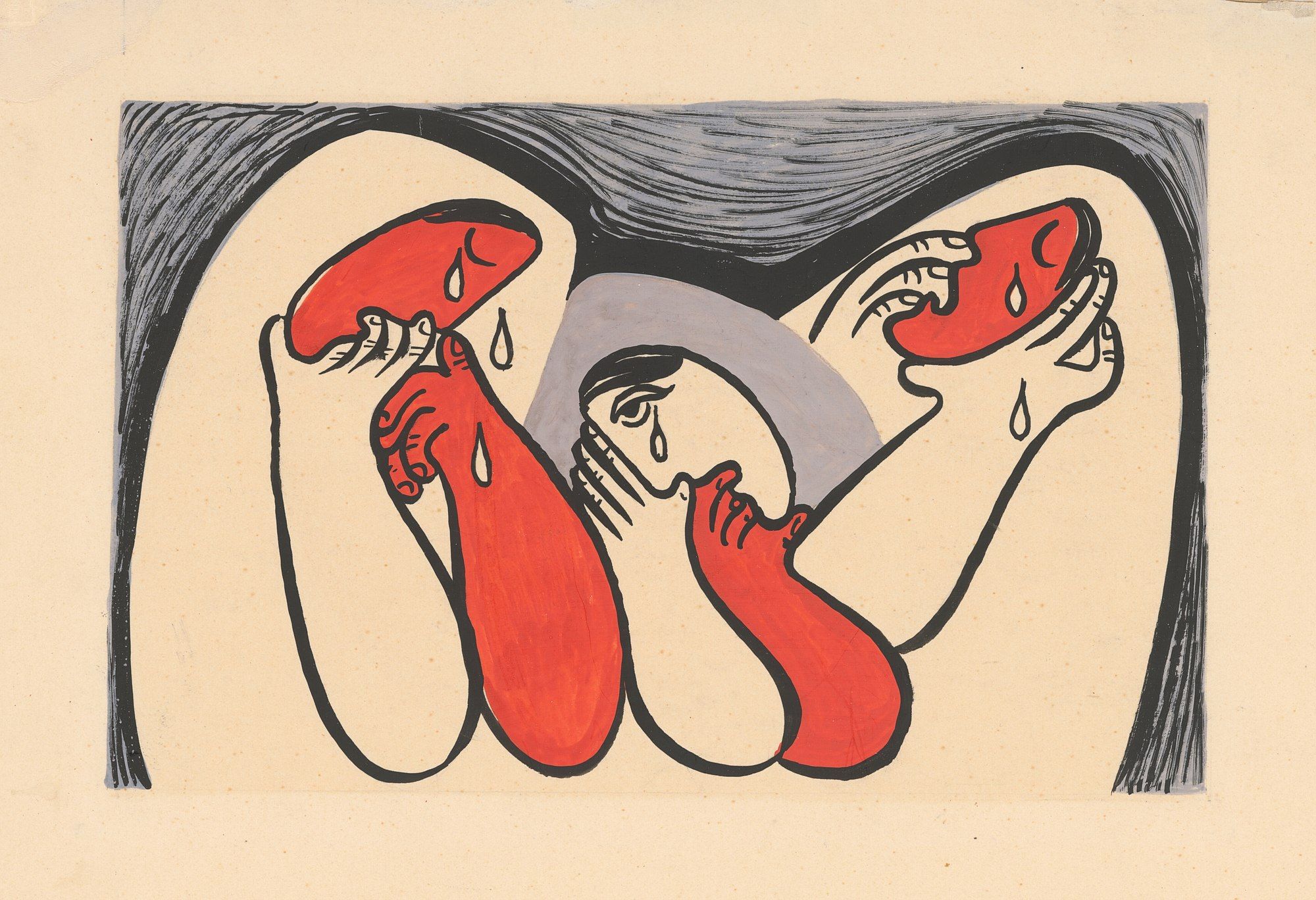
Should crying clubs be declared essential public infrastructure?
Crying is said to have superpowers - such as flushing toxins from the body. But we shouldn't need 'science' to build a case for crying.
In 2017, a 62-year-old man from the western Indian city of Surat, famous as the country’s diamond hub, started an institution dedicated to something far less glamorous: crying adults.
Kamlesh Masalawala, a professional laughter therapist, took counsel from psychologists who believed that crying helps expel the stress hormone cortisol from the body, and crying therapy ‘can reduce almost 50 per cent of the medication for patients with psychological issues’. Masalawala's Healthy Crying Club, headquarters of the Tears to Cheers programme, drew members as young as 20 and as old as 80.
“Most people feel lighter after crying,” Masalawala was quoted in a story in The Better India. “We want to utilise that blank space and fill it with happiness.” (Reportedly Masalawala was also instrumental in getting thousands of Surat students to take a pledge that they will not marry without their parents’ consent, but that route to ‘happiness’ is beyond the scope of today’s piece.)


